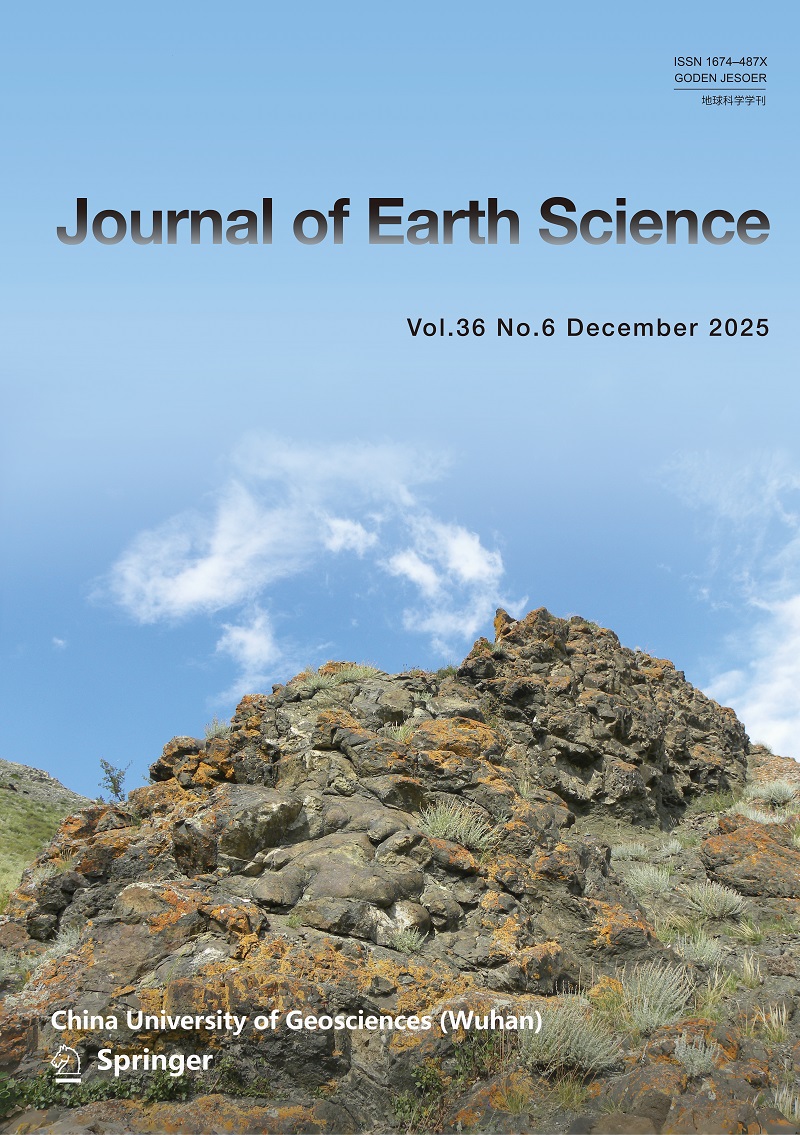2010, 21(4): 423-438.
doi: 10.1007/s12583-010-0105-1
Abstract:
The reservoirs within the Chang 8 Member of Yanchang (延长) Formation in the southwestern Ordos basin are characterized by low permeability. It is significant to build a high-resolution sequence stratigraphic framework for the exploration and development of these reservoirs. Based on an integrated investigation of well logs, seismic data, cores and outcrops, the Chang 8 Member is interpreted as a 3rd-order transgressive-regressive (T-R) sequence, which consists of six 4th-order T-R sequences, namely, K1, K2, K3, K4, K5 and K6, respectively, from base to top. Each 4th-order sequence comprises a transgressive systems tract overlain by a regressive systems tract. From K1 to transgressive systems tract of K4, it is characterized by the landward shifts of facies and overall retrogradational sequence stacking pattern due to accommodation increase more than sediment supply during the 3rd-order base-level rise. The distributary channels are mainly deposited in the transgressive systems tracts, and the interdistributary bays, sheet sands, and small-scale mouth bars are primarily developed in the regressive systems tracts in response to the 4th-order base-level fluctuations. From the regressive systems tracts of K4 to K6, it is characterized by the basinward shifts of facies and overall progradational sequence stacking pattern because of accommodation increase less than sediment supply during a fall in 3rd-order base level. The distributary channels are mainly accumulated in the transgressive systems tracts, and distributary channels and mouth bars are deposited in the regressive systems tracts as a result of the 4th-order base-level changes. Detailed stratigraphic and sedimentological analyses indicate that sequences K1, K2, K5 and K6, as well as the basin edge of K3 and K4, remain potential for exploration and development due to their high reservoir quality in response to the low accommodation and more sediment supply.











